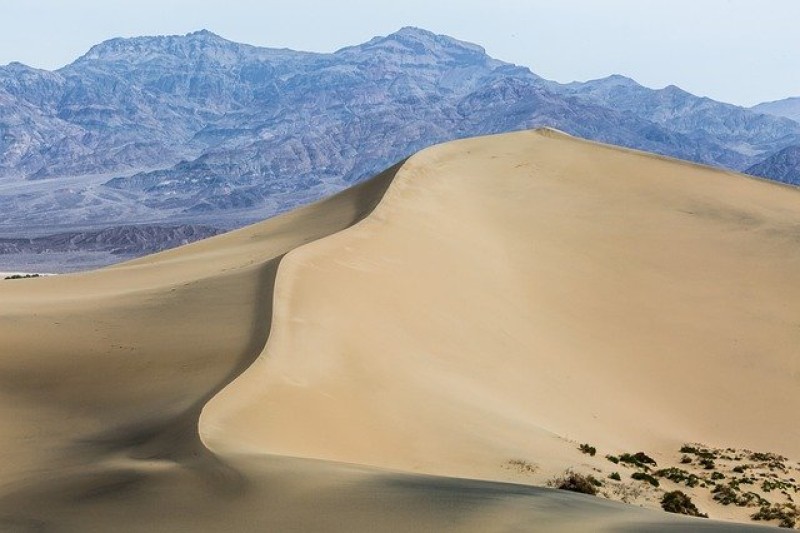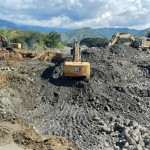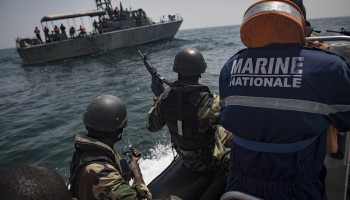The long-running conflict between Morocco and the Algerian-backed Polisario Front - which after enduring Spanish colonial rule until 1975 demanded an independent state for the Sahrawi people - threatened to re-ignite in November 2020 when members of the Polisario Front entered the border town of Guerguerat, a U.N.-occupied buffer zone between Morocco and Mauritania.
The move caused a geopolitical incident that disrupted the flow of goods to west Africa as Polisario members blocked the usual trade routes. Absent reaction from the 245 U.N. troops in the buffer zone, the Moroccan military swiftly moved in and briefly took control.
Yet since their withdrawal, the increased presence and alertness of Moroccan troops on the border zone has disrupted the traditional flow of one of the region’s major commodities: cannabis resin or “hashish”.
Mass cannabis cultivation in Morocco’s Rif Mountains makes it one of the drug’s largest exporters and while the high-quality product mostly goes to Europe, the majority of the lower-quality hashish travels through southern Morocco and Western Sahara to feed drug markets in the Sahel via Mauritania and northern Mali, says Raouf Farrah, Senior Analyst at the Global Initiative.
“As an organization, the Frente Polisario is not implicated in drug trafficking,” he told the OCCRP, but explained that some Sahrawis close to Polisario fighters were involved.
The possibilities of elite capture of hashish trafficking have also been reduced by the regional market’s democratization over the last five years. Before that, hashish trafficking was monopolized by a few communities, such as Lahmar Arabs in northern Mali with connections in Moroccan and Arab Mauritanian traffickers, he said.
Now, a growing number of traffickers in the Sahel have sought new partnerships with Moroccan networks holding commercial companies that export food from Morocco to West Africa, according to Farah.
As for cocaine transiting North Africa for Europe, that is a different matter altogether.
“Cocaine is definitely passing through the broader region, but it requires much more sophisticated arrangements than hashish even though the corridors of trafficking are similar and stable,” Farrah says.
“The last seizures in Morocco indicate that big volumes of cocaine are moving towards the coast of southern Morocco and Western Sahara. Ports like Dakhla and Laayoune are strategically located for illicit economies,” he notes.
This tends to focus on re-containerization: throwing off customs in destination countries by moving cocaine loads from one container to another. In the past, the desert land road may have been used but instability, violence and competition over convoys across the Sahara-Sahel means maritime shipping from northwest African ports is now the cocaine trafficker’s preferred modus operandi.






